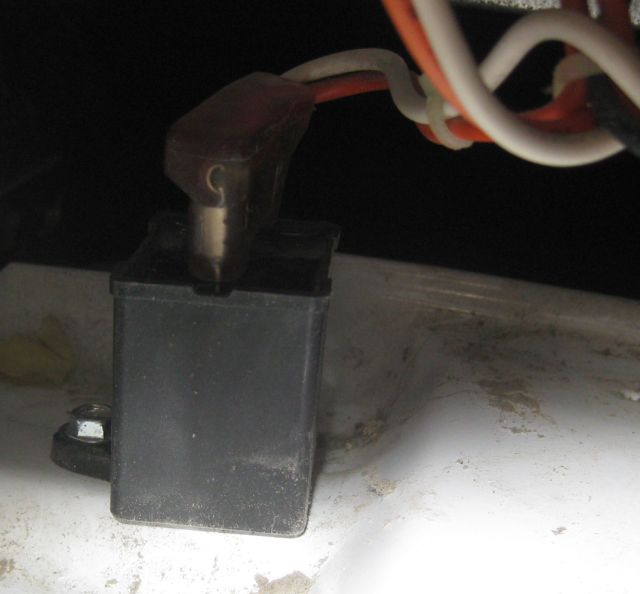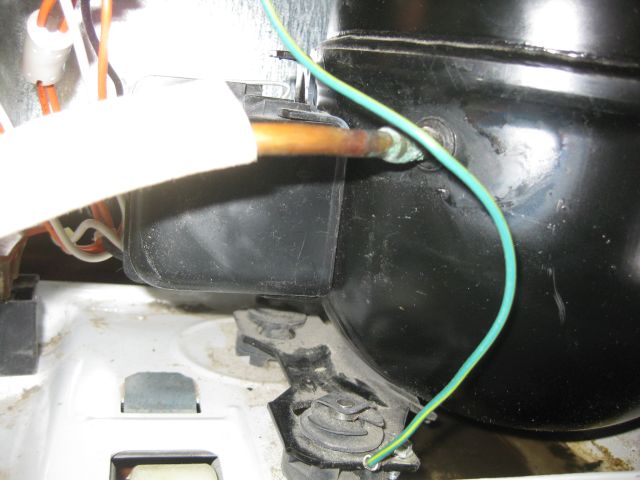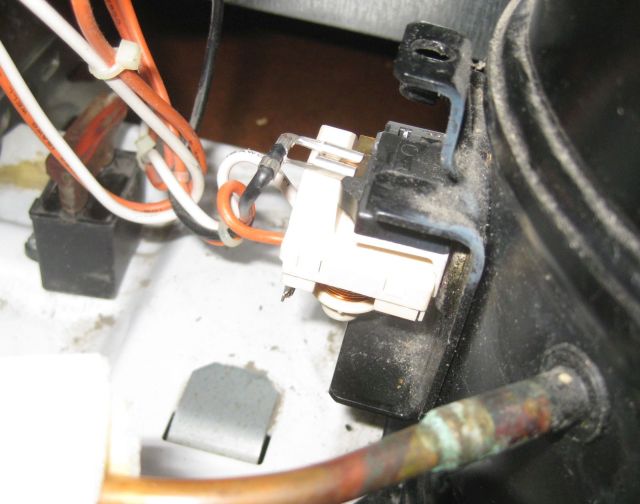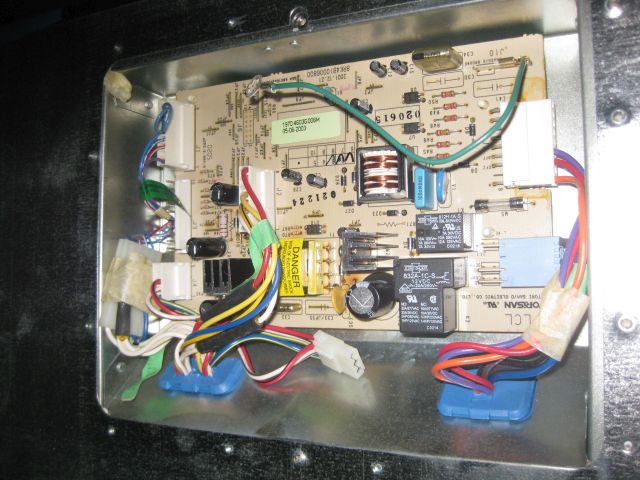Past month I have been fixing electrical things in the Atlanta house which >35 years old. The garage opener went dead so I replaced the whole caboodle (quaint word lodged in the past) – motor, track, chain plus the new required sensors to prevent the door closing on an infant. Took a good few hours to figure out the components and how they fitted together and to come to the conclusion that the sensors have to be used and there is no override. The new opener operates very smoothly and before the old opener failed there was a lot of clattering, which I now realize was due to a loose chain and this probably caused the failure. A stitch in time saves nine.
Then the exhaust fan in the bathroom failed. I ordered a replacement motor and the supposed quick 10 minute change out took ages. The motor ($15) arrived with “reverse mounting instructions” – it seems it was incorrectly assembled at the factory and the bearings had to be reversed. Then when I attached it to the mounting plate it would not fit in the receptacle – the spindle was too long. It took time to craft a satisfactory fix. But now it purrs happily.
The subject of this post is the refrigerator. It’s a GE Profile Arctica, 36″ wide, large top freezer refrigerator (24.6 cu ft) which they no longer make in that size since most who want a large refrigerator go for the double door configuration, which my house boss categorically does not want. So I was dual motivated (money and peace) to get it working again after it suddenly died this past week.
Actually why it died is very interesting. Tuesday of last week the lights began flickering and the flourescent fixtures would dim and then brighten. I have a UPS (uninterruptible power supply) which beeps when the voltage changes and it was beeping incessantly. The boss blamed it on old wiring and everything going wrong in the house and the world. But when I noticed that lights on unrelated circuits were also blinking I figured this was a general problem. And then, Wednesday am we both identified a distinct burning plastic smell at the garage entrance. We figured all hell was about to break loose. That evening I examined the main fuse board for loose wires – all were tight. I removed an access panel and examined the area where we had smelt the burning – all was fine, cable insulation had not been gnawed by rats ( a wild supposition) and no sign or smell of burning. I called the utility company and their automaton said the problem had been called in and they were on it. Thursday I had a voice message (and I listened carefully) that power at the house was fine and a work crew would not be dispatched. The message did not say there had been a problem which was fixed, but maybe this is the protocol to avoid being sued. Sued for what? Well our refrigerator no longer worked and the voltage surges could have been the cause, the proverbial last straw. But the flickering has not recurred, the UPS is silent and we have consigned the burning plastic smell to the imagined.
Note – before working with a refrigerator always unplug it from the power source and discharge the capacitor. If not competent with electricity, leave alone.
Prior to the refrigerator failing I heard a lot of clicking so I thought the issue was a bad capacitor (it usually is) and I extracted the capacitor and tested it with my capacitor tester and it was fine.

My next thought was the starter relay – it is hidden behind a black plastic box.

You can see it clearly once the cover is removed.

But it was also ok. And then I opened the fridge door (the interior lights came on) and looked at the electronic panel for setting the fridge and freezer temperatures, and it was dead. So I silently cursed, since this was the first thing I should have checked and I could have saved myself time. If the control panel is dead then the problem is most likely the motherboard. So I exposed the motherboard and it looked fine though there were signs of age and heating.

In for a penny, in for a pound. From the GE website I located the motherboard for our model and the new part # and via Amazon I scrutinized the various suppliers both for price, delivery time and delivery cost (the cheapest supplier wanted an exorbitant fee for quick delivery). I placed the order Saturday am and the part arrived today, Tuesday (refrigerator main control board for GE WR55X10942) cost including shipping <$70. I carefully detached the wire clips from the old board, connected them to the new board, attached the earth and panel and plugged in the power and it works!!
I had been concerned the motherboard failure was because of problems with the compressor or relay starter so I also purchased a Supco 3 ‘n 1 start combination ($13) in case the refrigerator had difficulty starting and 2 new GE sensors ($9 each) since there were prior complaints about unsatisfactory temperatures. The 3 ‘n 1 I will keep for another day and I may have to replace the sensors if the temperatures are out, though I hope the new motherboard will resolve any issues.
Some final comments – the reverse side of the motherboard has a black scorch mark from a failed component which theoretically I could have unsoldered and replaced, though this would have taken more time, may not have fixed the problem and time was of the essence. The clicking noises I heard before the fridge failed was probably the compressor trying to start on reduced volt supply when we had intermittent power. And I have just been informed “it seems to be cooling” so peace reigns again.
.
